10 Best Herbal Decoctions For Burns
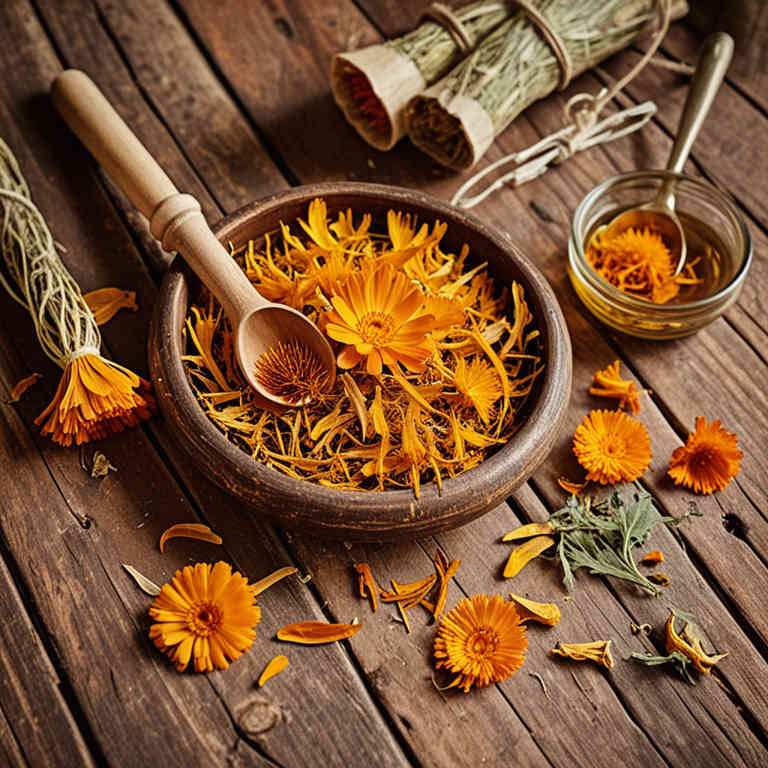
Herbal decoctions have been traditionally used to treat burns by harnessing the anti-inflammatory and soothing properties of various plants.
Common herbs such as aloe vera, calendula, and chamomile are often included in these decoctions due to their ability to promote healing and reduce pain. To prepare a herbal decoction, the chosen herbs are typically boiled in water for several minutes, then strained and applied to the affected area. While some herbal remedies may offer relief, it is important to consult a healthcare professional before using them, especially for severe burns.
These natural treatments can complement conventional medical care but should not replace it in cases of serious injury.
FREE Herb Drying Checklist
How to make sure every batch retains maximum flavor, color, and aroma without the risk of mold or over-drying. Eliminate guesswork and trial-and-error, making herb drying faster, easier, and more efficient every time.
Table of Contents
1. Calendula officinalis
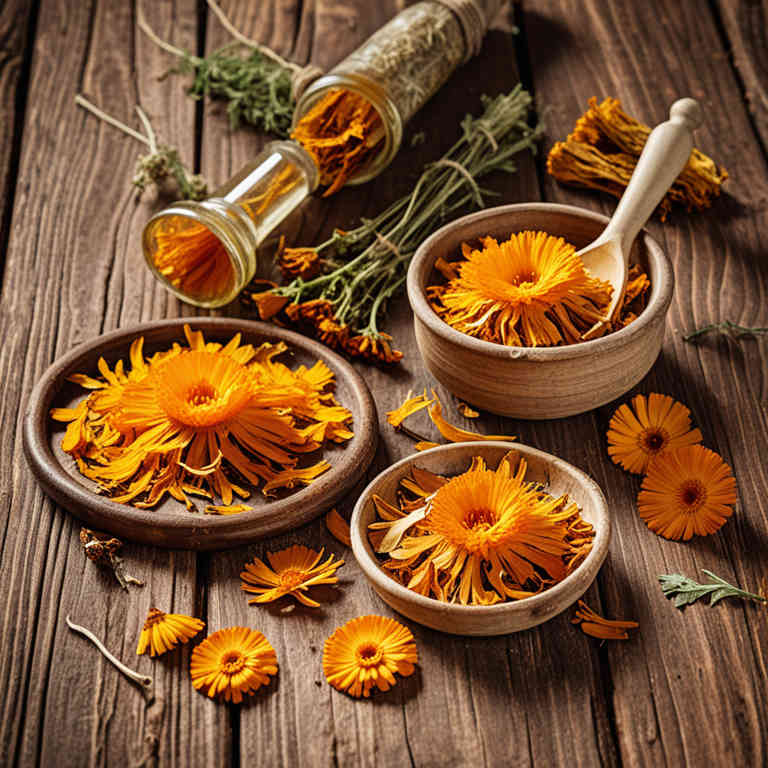
Calendula officinalis, commonly known as pot marigold, has been traditionally used for its anti-inflammatory and soothing properties, making it a popular choice for treating burns.
Herbal decoctions of calendula officinalis involve steeping the dried flowers in hot water to extract their active compounds, such as flavonoids and triterpenes, which contribute to its healing effects. These decoctions can be applied topically to minor burns to reduce redness, swelling, and pain while promoting skin regeneration. However, it is important to ensure that the decoction is properly prepared and not used on severe burns, as medical attention may be necessary.
Overall, calendula officinalis decoctions offer a natural and gentle option for supporting the healing process in mild burn cases.
2. Aloe barbadensis
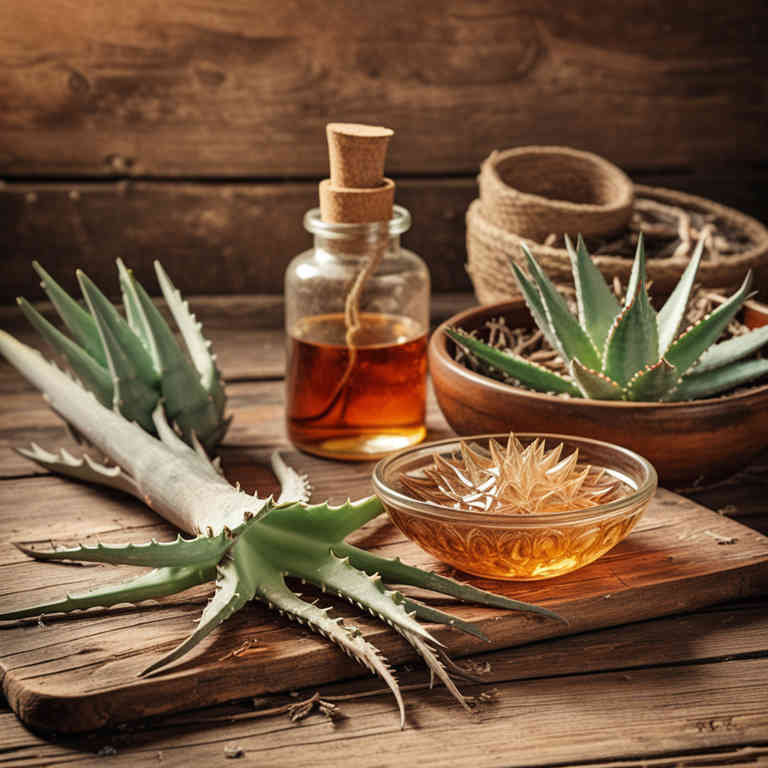
Aloe barbadensis, commonly known as aloe vera, has been widely used for its soothing and healing properties, particularly in the treatment of burns.
Herbal decoctions made from aloe vera gel or leaves are often prepared by simmering the plant material in water to extract its active compounds. These decoctions are believed to possess anti-inflammatory, antimicrobial, and wound-healing properties that aid in the recovery of burn wounds. When applied topically, the decoction can help reduce pain, redness, and scarring associated with burns.
However, it is important to ensure proper preparation and hygiene to avoid contamination and potential adverse reactions.
3. Hypericum perforatum
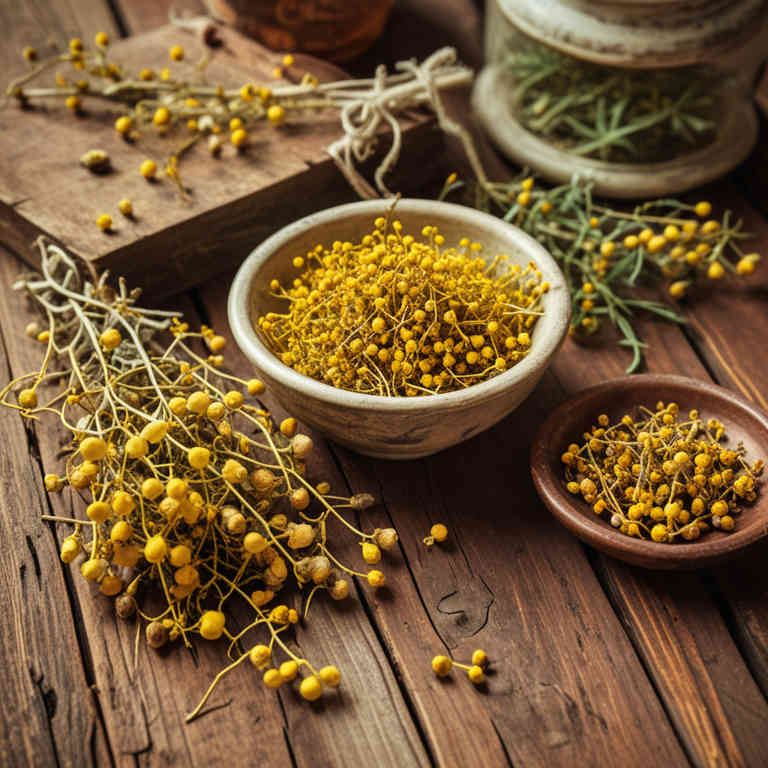
Hypericum perforatum, commonly known as St. John's Wort, has been traditionally used in herbal medicine for its potential anti-inflammatory and analgesic properties.
When prepared as a decoction, the herb is often applied topically to minor burns to soothe the affected skin and promote healing. The active compounds in Hypericum perforatum, such as hypericin and flavonoids, may help reduce pain and inflammation associated with burns. However, it is important to note that while some studies suggest its efficacy, there is limited clinical evidence supporting its use for burns, and it should not replace conventional medical treatments.
As with any herbal remedy, it is advisable to consult a healthcare professional before using Hypericum perforatum for burn care.
4. Lavandula angustifolia
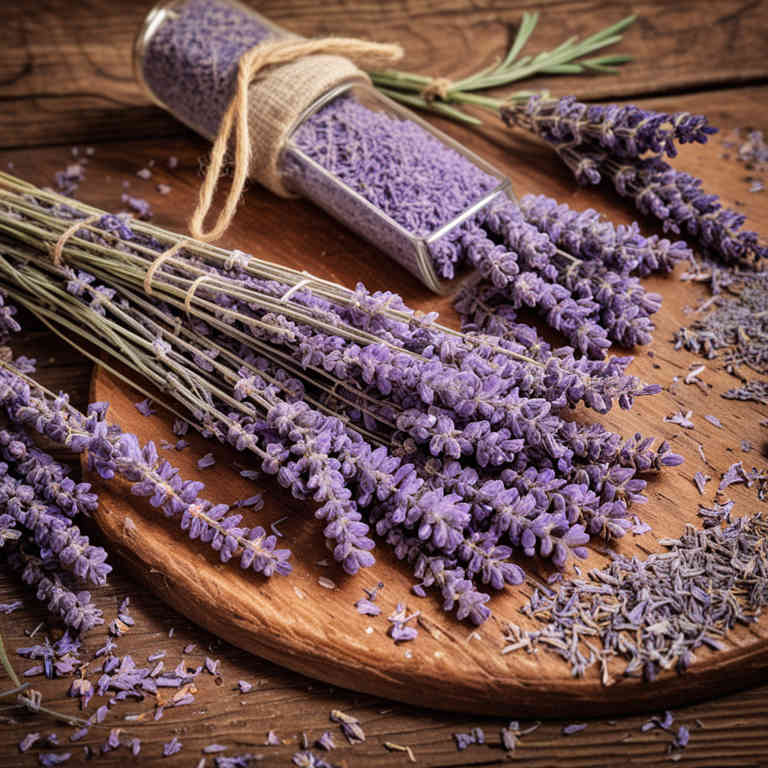
Lavandula angustifolia, commonly known as English lavender, has been traditionally used in herbal decoctions for the treatment of burns due to its anti-inflammatory, antimicrobial, and analgesic properties.
When prepared as a decoction, lavender can be applied topically to soothe pain and reduce inflammation in minor burns and skin irritations. The essential oils and flavonoids present in lavender contribute to its wound-healing capabilities, promoting tissue regeneration and preventing infection. However, it is important to note that while lavender decoctions may provide symptomatic relief, they should not replace professional medical care for severe burns.
Always consult a healthcare provider before using herbal treatments, especially for extensive or deep burns.
5. Echinacea purpurea

Echinacea purpurea, commonly known as purple coneflower, is a herbal remedy that has been traditionally used for its potential anti-inflammatory and immunostimulant properties.
While it is often associated with supporting the immune system, there is limited scientific evidence specifically supporting its use for treating burns. Some preliminary studies suggest that echinacea may help reduce inflammation and promote healing, but more research is needed to confirm its efficacy in burn care. Herbal decoctions made from echinacea are typically prepared by boiling the dried roots or flowers in water, and they may be used as part of a broader holistic approach to wound management.
However, it is important to consult with a healthcare professional before using echinacea or any herbal remedy for burns, especially if there are underlying health conditions or if the burn is severe.
6. Urtica dioica
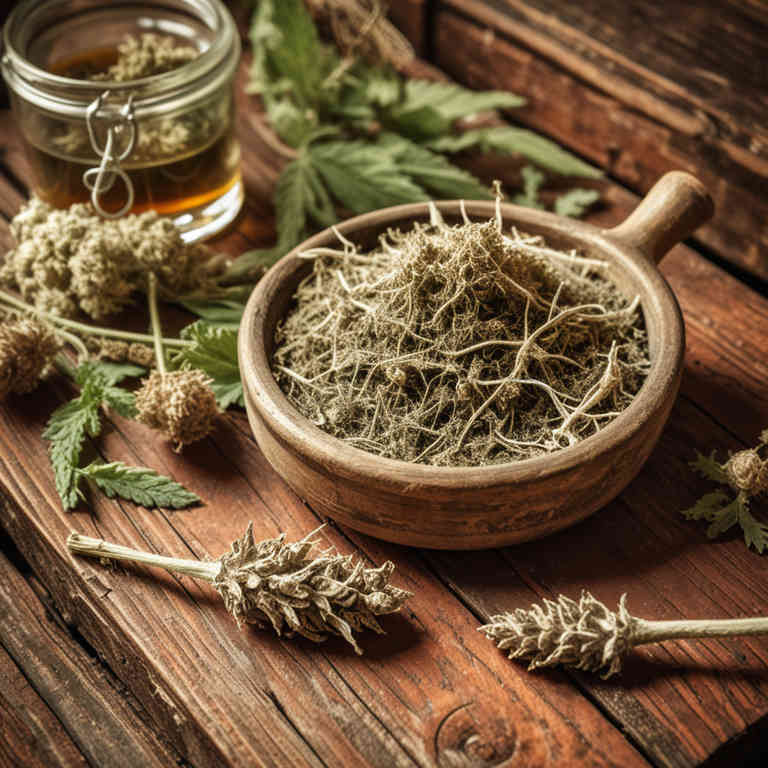
Urtica dioica, commonly known as stinging nettle, has been traditionally used in herbal medicine for its potential therapeutic properties, including anti-inflammatory and analgesic effects.
When prepared as a decoction, the leaves and stems of Urtica dioica can be simmered in water to extract their active compounds, which may help soothe burns by reducing inflammation and promoting healing. However, it is important to note that while some anecdotal evidence suggests its use for burns, there is limited scientific research supporting its efficacy for this specific application.
As with any herbal remedy, caution should be exercised, and it is advisable to consult a healthcare professional before using Urtica dioica decoctions on burns, especially for severe or second-degree injuries.
7. Cnicus benedictus

Cnicus benedictus, commonly known as blessed thorn, has been traditionally used in herbal medicine for its potential therapeutic properties, including its application in treating burns.
Herbal decoctions made from the dried leaves and stems of Cnicus benedictus are believed to possess anti-inflammatory and analgesic effects, which may help reduce pain and swelling associated with burn injuries. These decoctions are often prepared by simmering the plant material in water for an extended period to extract its active compounds. While some traditional practitioners use Cnicus benedictus as a supportive treatment for burns, it is important to note that modern medical advice should always be sought for severe or extensive burn cases.
Further scientific research is needed to fully understand the efficacy and safety of Cnicus benedictus in burn treatment.
8. Plantago major
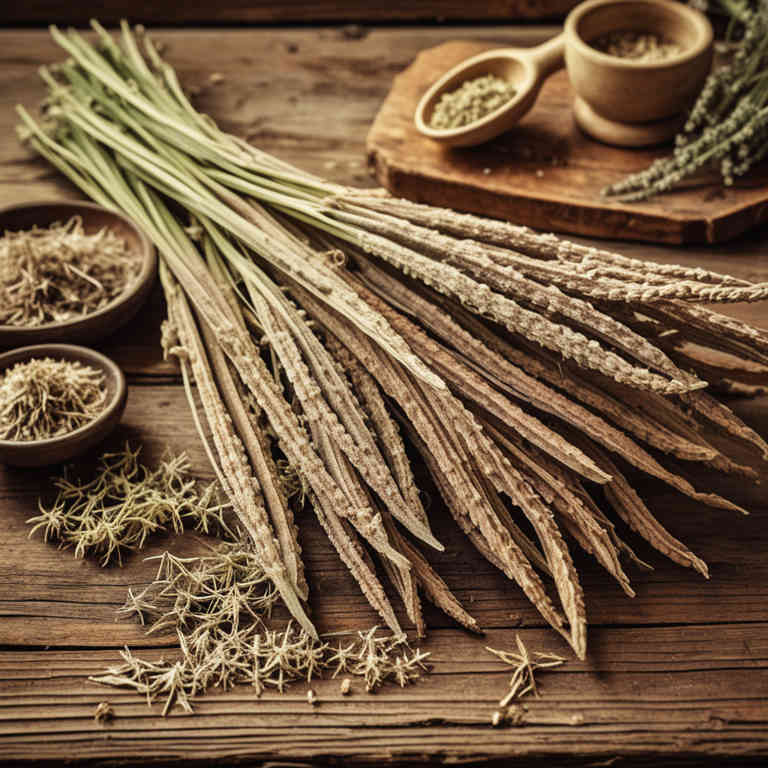
Plantago major, commonly known as broadleaf plantain, has been traditionally used in herbal medicine for its soothing and healing properties.
Herbal decoctions made from the leaves of Plantago major can be prepared by simmering the dried leaves in water to extract their active compounds. These decoctions are often applied topically to burns to reduce inflammation, promote tissue repair, and alleviate pain. The plant contains mucilage, which forms a protective layer over the skin, helping to prevent further irritation.
While generally considered safe, it is advisable to consult a healthcare professional before using Plantago major for burns, especially for severe or extensive injuries.
9. Sutherlandia frutescens

Sutherlandia frutescens, also known as the "cancer plant," is traditionally used in African herbal medicine for its purported therapeutic properties.
While it is not a conventional treatment for burns, some studies suggest that its bioactive compounds may have anti-inflammatory and antioxidant effects that could support healing in minor burns. Herbal decoctions made from the plant are often prepared by boiling the dried roots or leaves, and they are sometimes used in complementary therapy alongside standard medical care. However, it is important to note that there is limited scientific evidence supporting its efficacy for burn treatment, and it should not replace professional medical intervention for severe burns.
As with any herbal remedy, it is advisable to consult a healthcare provider before using Sutherlandia frutescens for burns or any other medical condition.
10. Rosa canina

Rosa canina, commonly known as dog rose, has been traditionally used in herbal medicine for its soothing and healing properties, particularly for burns.
The herbal decoction of Rosa canina is prepared by simmering the dried rose hips in water, allowing the beneficial compounds such as flavonoids and vitamin C to infuse into the liquid. This decoction is valued for its anti-inflammatory and antioxidant effects, which can help reduce pain and promote tissue repair in burn wounds. It is often applied topically as a cool compress to provide relief and prevent infection.
While it may offer supportive care, it should not replace professional medical treatment for severe burns.